Section Ⅰ: Examples for samples upsampled from 4kHz to 16kHz.
The model is trained on the first 100 speakers of the VCTK dataset. The following samples are generated from the remaining 8 speakers.
| Original low resolution (4 kHz -> 16 kHz) |
Original high resolution (16 kHz) | Sinc (16 kHz) | TFiLM (16 kHz) | SEANet (16 kHz) | Ours (16 kHz) | |
|---|---|---|---|---|---|---|
| Audio | ||||||
| LinearSpectrogram |  |
 |
 |
 |
 |
 |
| Audio | ||||||
| LinearSpectrogram |  |
 |
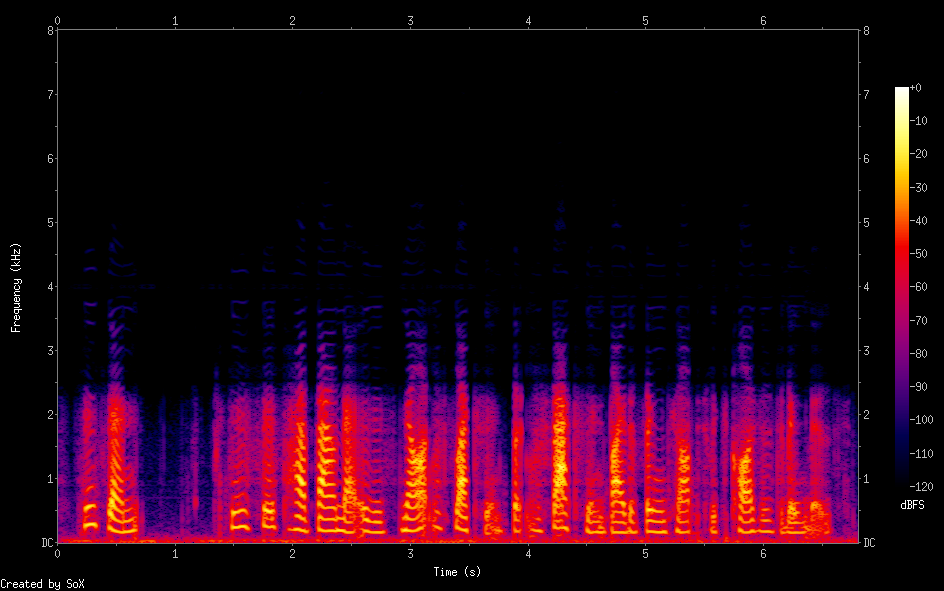 |
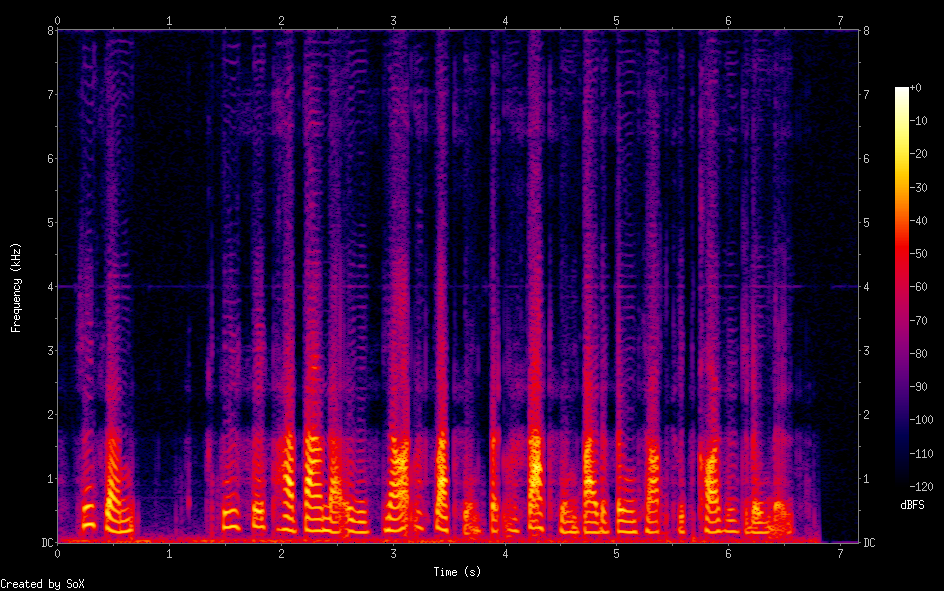 |
 |
 |
Section Ⅱ: Examples for samples upsampled from 8kHz to 16kHz.
The model is trained on the first 100 speakers of the VCTK dataset. The following samples are generated from the remaining 8 speakers.
| Original low resolution (4 kHz -> 16 kHz) |
Original high resolution (16 kHz) | Sinc (16 kHz) | TFiLM (16 kHz) | SEANet (16 kHz) | Ours (16 kHz) | |
|---|---|---|---|---|---|---|
| Audio | ||||||
| LinearSpectrogram | 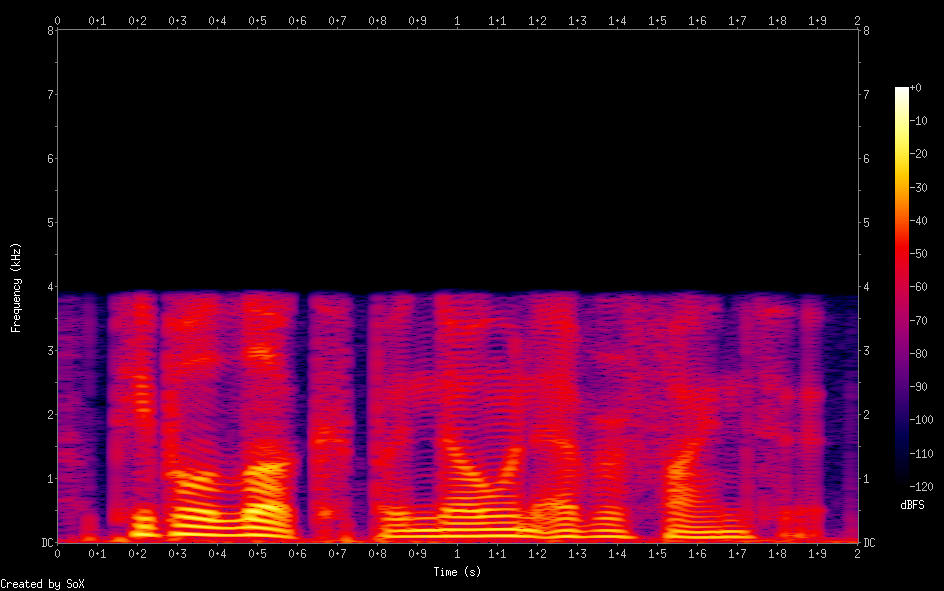 |
 |
 |
 |
 |
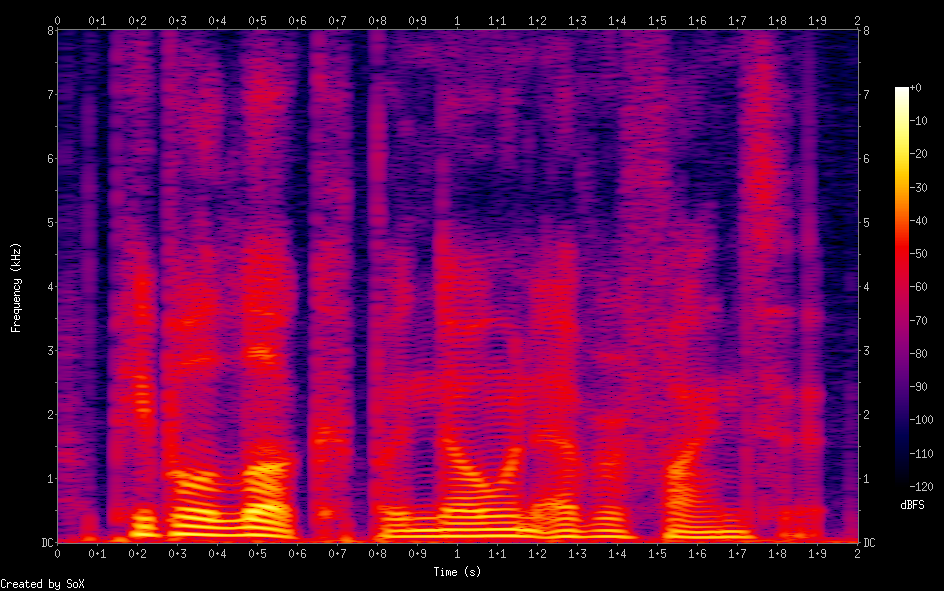 |
| Audio | ||||||
| LinearSpectrogram |  |
 |
 |
 |
 |
 |
Section Ⅲ: Examples for samples upsampled from 8kHz to 24kHz.
The model is trained on the first 100 speakers of the VCTK dataset. The following samples are generated from the remaining 8 speakers.
| Original low resolution (8 kHz -> 24 kHz) |
Original high resolution (24 kHz) | Sinc (24 kHz) | SEANet (24 kHz) | Ours, hl=256 (24 kHz) | Ours, hl=128 (24 kHz) | Ours, hl=64 (24 kHz) | |
|---|---|---|---|---|---|---|---|
| Audio | |||||||
| LinearSpectrogram |  |
 |
 |
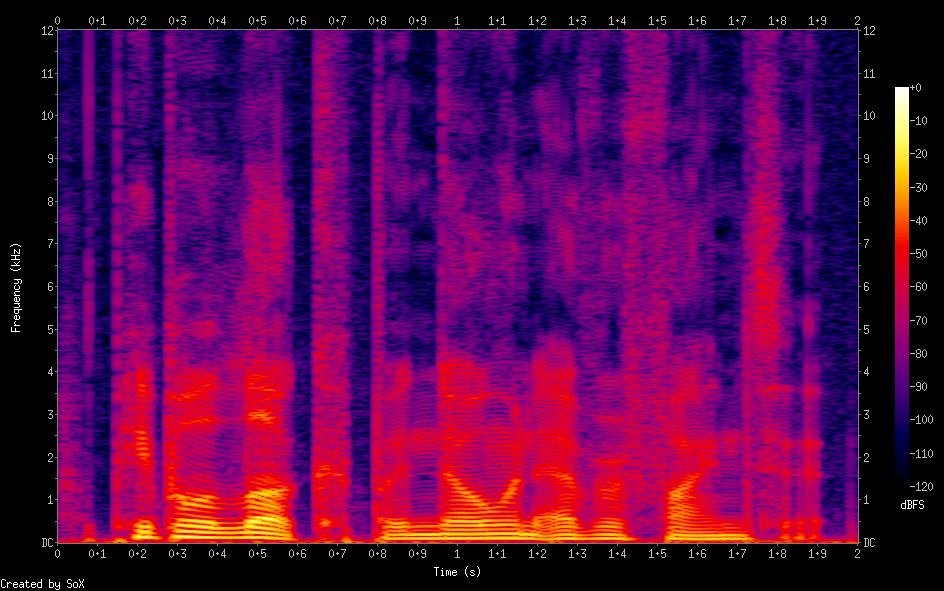 |
 |
 |
 |
| Audio | |||||||
| LinearSpectrogram |  |
 |
 |
 |
 |
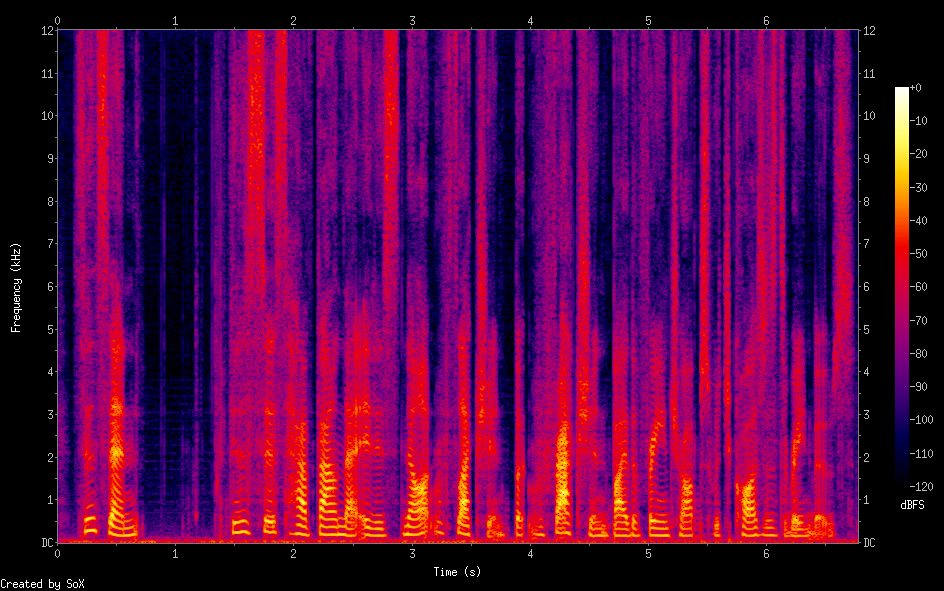 |
 |
| Audio | |||||||
| LinearSpectrogram |  |
 |
 |
 |
 |
 |
 |
Section Ⅳ: Examples for samples upsampled from 12kHz to 48kHz.
The model is trained on the first 100 speakers of the VCTK dataset. The following samples are generated from the remaining 8 speakers.
| Original low resolution (12 kHz -> 48 kHz) |
Original high resolution (48 kHz) | Sinc (48 kHz) | SEANet (48 kHz) | Nu-wave 2 (48 kHz) | Ours (48 kHz) | |
|---|---|---|---|---|---|---|
| Audio | ||||||
| LinearSpectrogram |  |
 |
 |
 |
 |
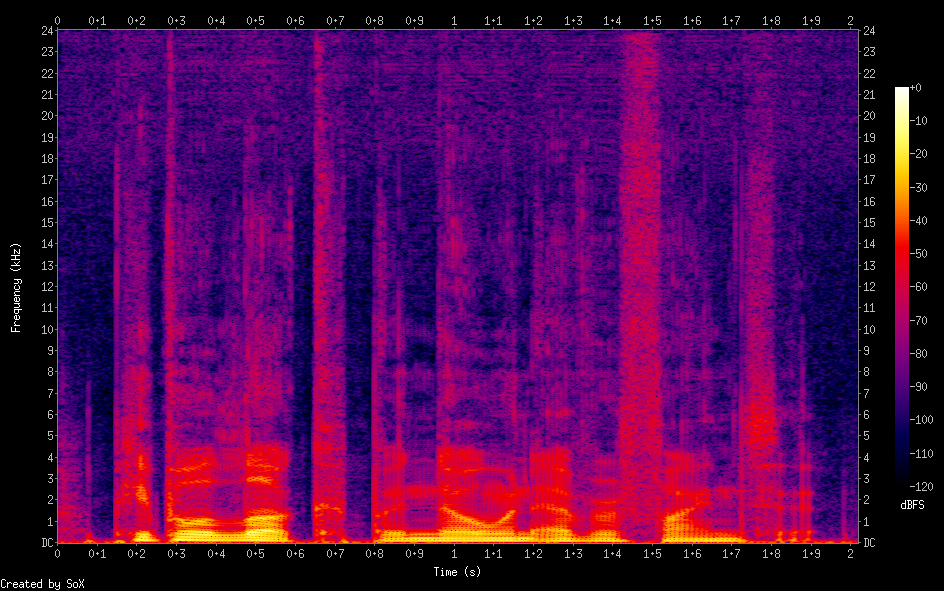 |
| Audio | ||||||
| LinearSpectrogram |  |
 |
 |
 |
 |
 |
| Audio | ||||||
| LinearSpectrogram |  |
 |
 |
 |
 |
 |
Section Ⅴ: Examples for samples upsampled from 11.025kHz to 44.1kHz.
The model is trained on the train set of the MusDB-HQ dataset. The following samples are generated from the test set.
| Original low resolution (11 kHz -> 44 kHz) |
Original high resolution (44 kHz) | Sinc (44 kHz) | SEANet (44 kHz) | BEHM-Gan(44 kHz) | Ours, hl=256 (44 kHz) | Ours, hl=128 (44 kHz) | Ours, hl=64 (44 kHz) | |
|---|---|---|---|---|---|---|---|---|
| Audio | ||||||||
| LinearSpectrogram |  |
 |
 |
 |
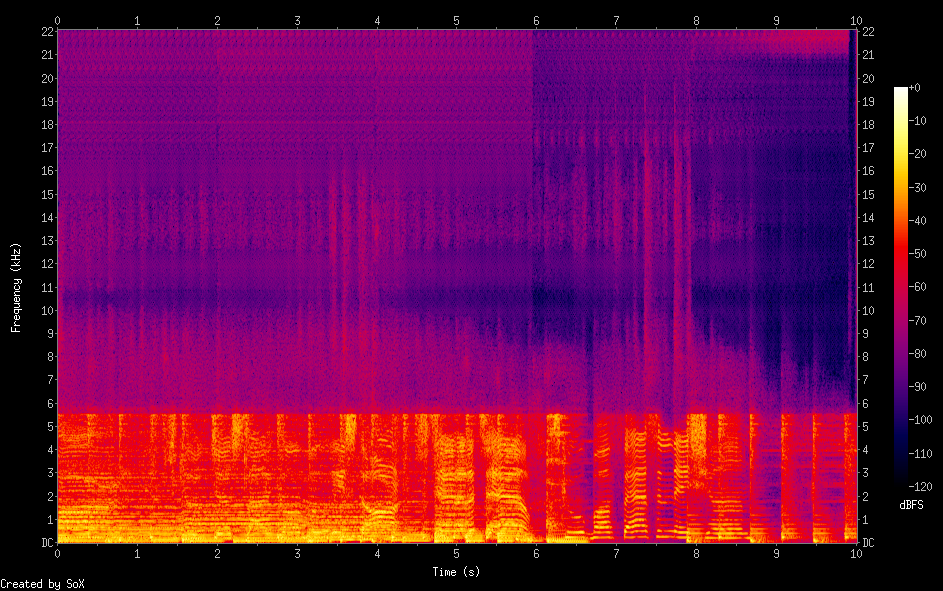
|
 |
 |
 |
| Audio | ||||||||
| LinearSpectrogram | 
|
 |

|

|

|
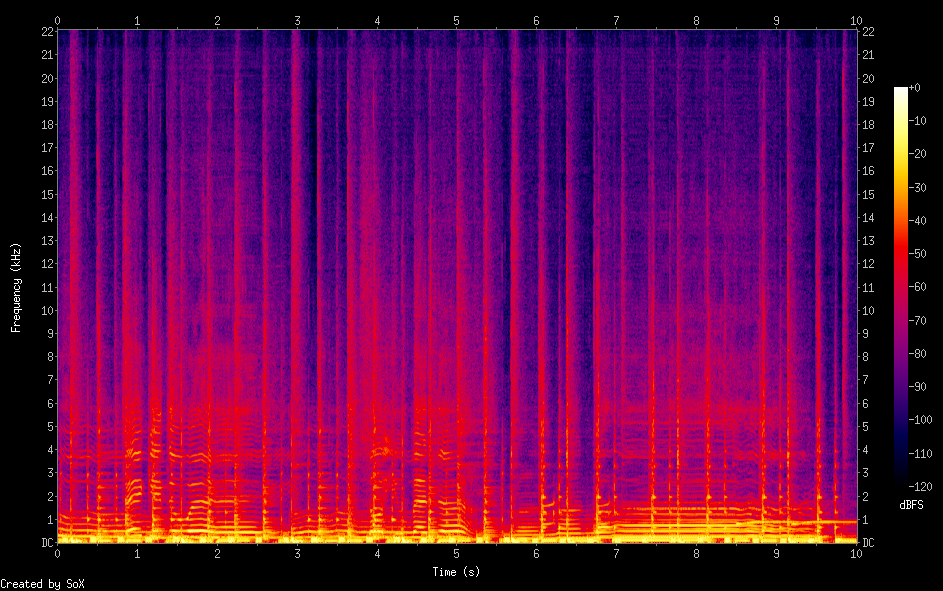 |
 |
 |
| Audio | ||||||||
| LinearSpectrogram | 
|
 |

|

|

|
 |
 |
 |
| Audio | ||||||||
| LinearSpectrogram | 
|

|

|

|

|
 |
 |
 |
| Audio | ||||||||
| LinearSpectrogram | 
|

|

|

|

|
 |
 |
 |
Section Ⅵ: Examples for adversarial ablation study.
The model is trained on the first 100 speakers of the VCTK dataset. The following samples are generated from the remaining 8 speakers.
| Original low resolution (4 kHz -> 16 kHz) |
Original high resolution (16 kHz) | Non adv. (16 kHz) | 3 MSD: Adv. loss only (16 kHz) | 3 MSD: Feature loss only (16 kHz) | 1 MSD (16 kHz) | 3 MSD (16 kHz) | |
|---|---|---|---|---|---|---|---|
| Audio | |||||||
| LinearSpectrogram |  |
 |
 |
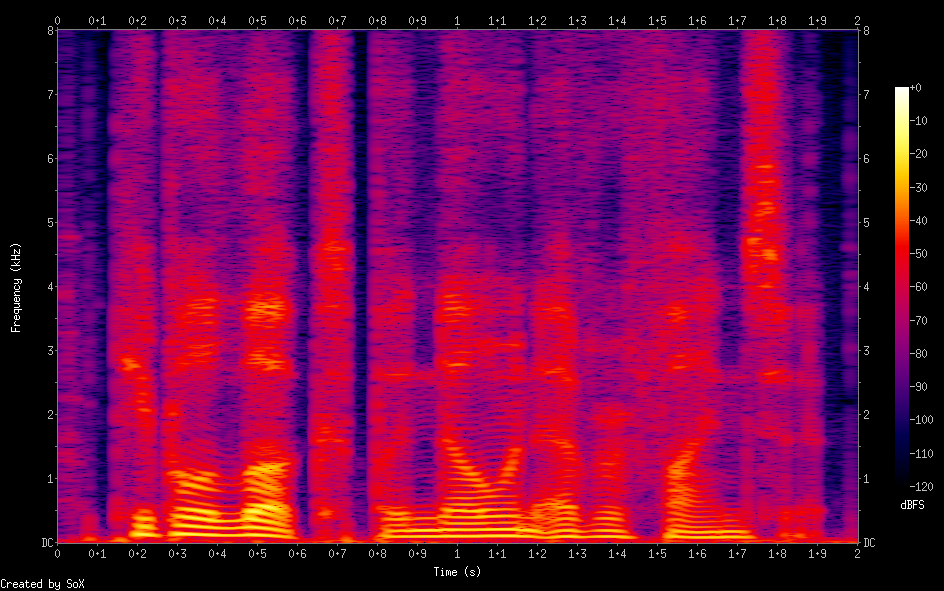 |

|
 |
 |
| Audio | |||||||
| LinearSpectrogram |  |
 |
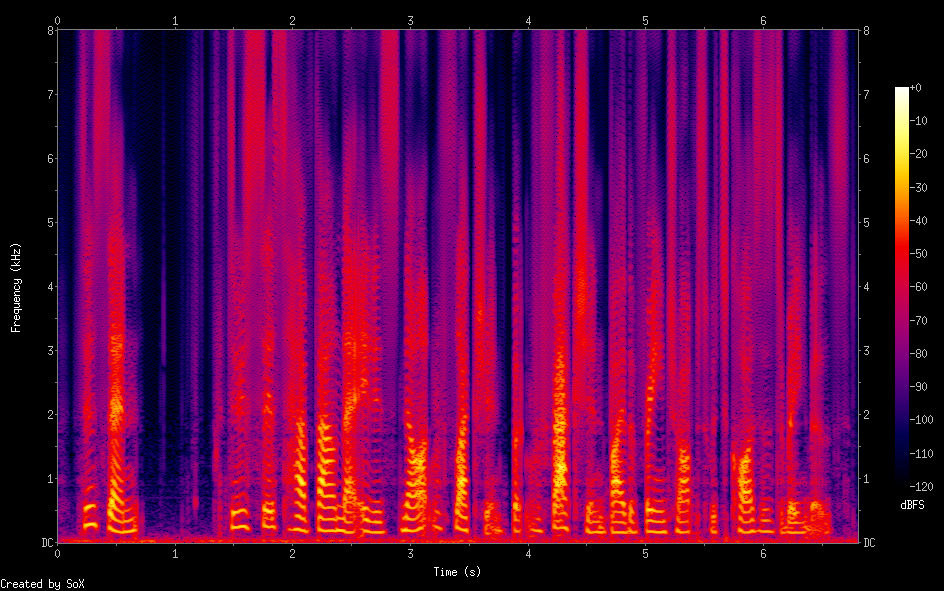 |
 |

|
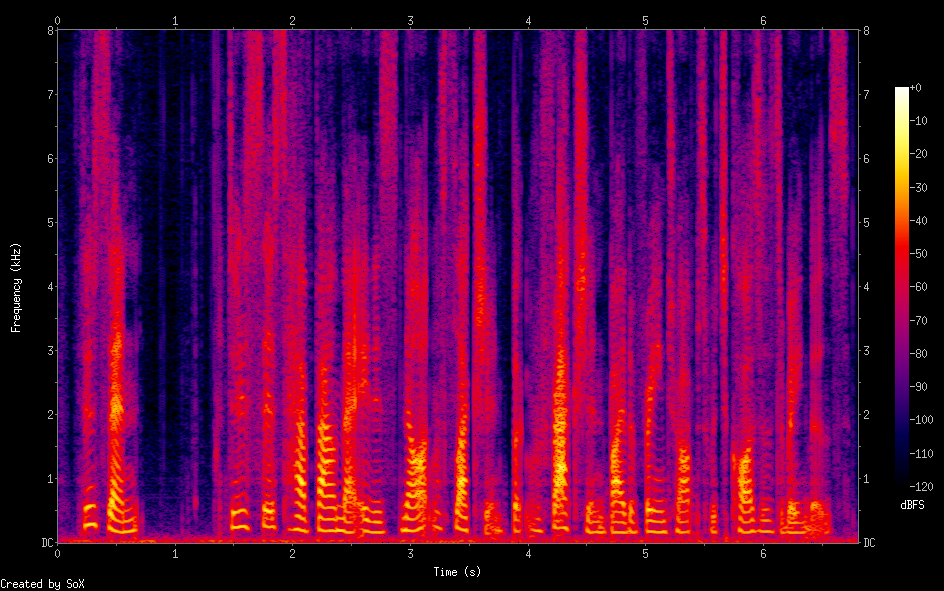 |
 |